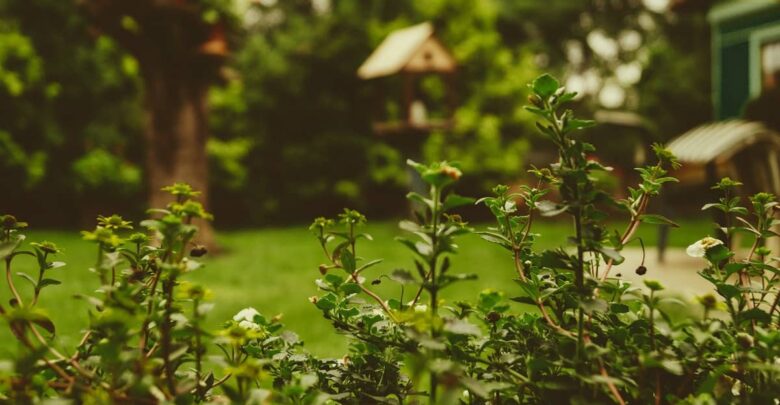Lawn Care For Beginners: How To Grow A Green Yard

Whether you’re a gardening novice or just looking to spruce up your current yard, it’s important that you start with the right foundation. Whether it’s the right soil, grass type, pest control or tools, there are many factors that go into having a beautiful yard. This guide will teach you everything from testing your soil for optimal conditions to surveying for pests and diseases so you can keep them at bay. By following these simple steps every year before planting season begins and throughout the growing season, there’s no reason why anyone should have an ugly lawn!
Find Your Soil Type
The first step to growing a green yard in your home is to find out what type of soil you have. This can be done by digging a hole in your yard and taking a sample of the dirt, or by ordering a test kit from your local garden center. If you’re going to use one of these options, make sure that you get one that tests for all three types: clay soil, sand soil and organic matter (a combination of both).
Soil type is important because it affects how well the grass will grow in it–and how much work goes into maintaining it! Clay soils are heavy and hard-packed; they drain quickly but don’t hold nutrients well. Sand soils also drain quickly but hold onto moisture better than other types do; however this means they may need more frequent watering throughout summer months if there isn’t enough rainfall coming down from above ground sources such as rain clouds overhead or sprinklers on your lawn itself.
Select The Right Grass For Your Yard
When you’re searching for the right grass to grow in your yard, consider the climate of your region. You want a type of grass that will thrive in both sun and shade. The best option is one with good heat tolerance and drought resistance as well.
In addition to looking at the types of grasses that will grow well in your area, take into account the soil type as well. Some types are better suited than others when it comes to growing on certain types of dirt or sand (or even concrete).
Test The Soil
Soil is the foundation of your lawn, so it’s important to know what kind of soil you have. Test the soil in your yard for pH, which will give you an idea of how acidic or alkaline it is. The ideal pH level for grasses and other types of plants is between 6 and 7. If your lawn has too much acidity (below 5), then it will be more difficult for them to absorb nutrients from the soil. If there’s too much alkalinity (above 7), then they might not be able to take up enough nutrients either–or worse yet, they could get burned by excessive amounts of calcium carbonate!
Survey For Pests And Diseases
Once you have a good grasp on what pests and diseases your lawn might be susceptible to, it’s time to get down on your hands and knees. Literally.
You should start by surveying your yard for signs of insects, fungi and other potentially destructive organisms. If you see any of these critters in action (ants marching across the yard or fungus growing on leaves), take note of where they are so that you can address the problem later. Also look at the base of trees for signs that ants have been feasting on them–the tree could be infested with termites!
Water Regularly
When watering your yard, make sure that the water penetrates at least six inches into the soil so that moisture can reach deep enough into the ground for roots to grow deep enough to support deep-rooted grasses like St Augustine or Fescue. You need to have a hose that is resistant to weather conditions, as well as quality garden hose fittings, so that water does not leak around.
Choose The Right Tools
When you’re starting out with lawn care, it’s easy to get caught up in the excitement of having a green yard and forget about the basics. One of these basics is choosing the right tools for the job. If you don’t have the right tool for your lawn, then everything else will be harder than it needs to be!
For example: if you want to cut down on weeds in your garden bed but all you have is an old pair of scissors from high school art class (and no one else has any other suggestions), then chances are those weeds aren’t going anywhere anytime soon–but if someone had told us about weed whackers back then…well, let’s just say that would’ve changed everything!
There are many different things to consider when growing a green yard, but we hope that you now have a better idea of what it takes. We’ve covered many of the basics and given some easy tips on how to get started with your own lawn care routine. The most important thing is that you enjoy yourself!
